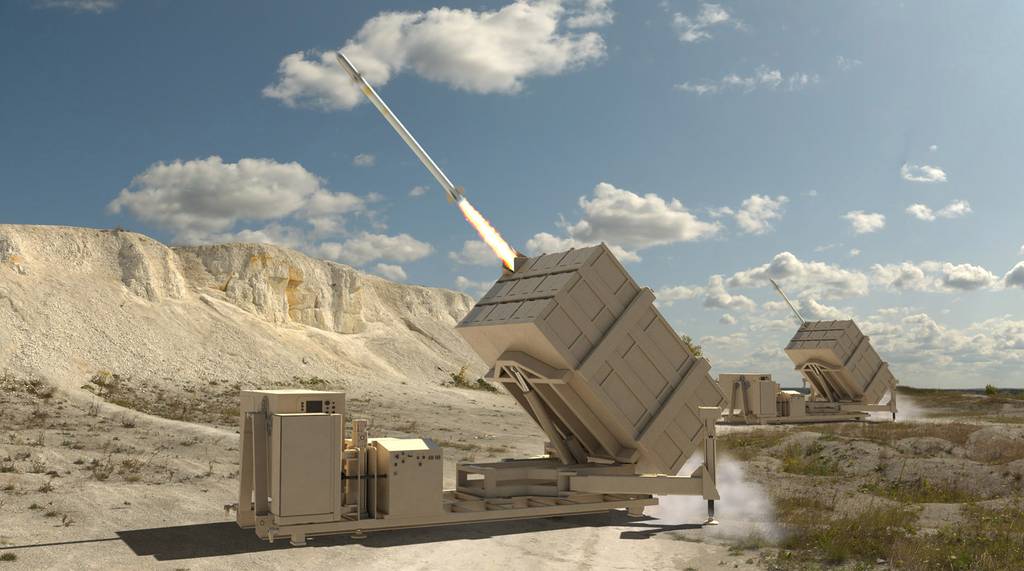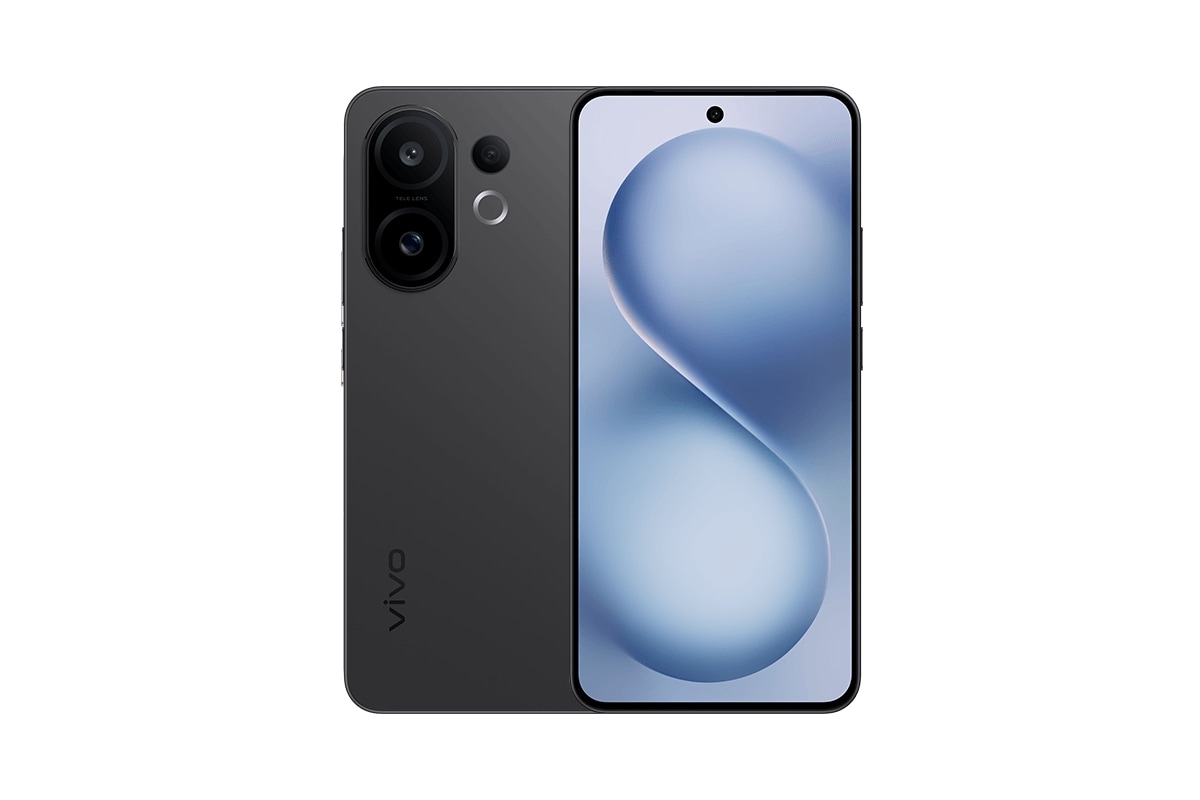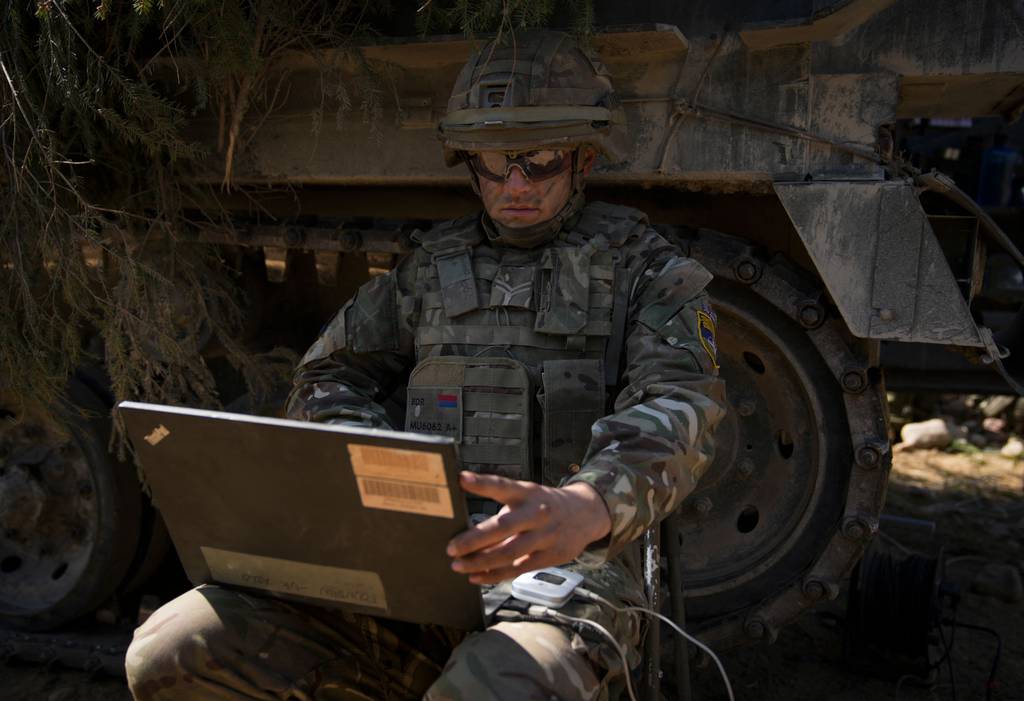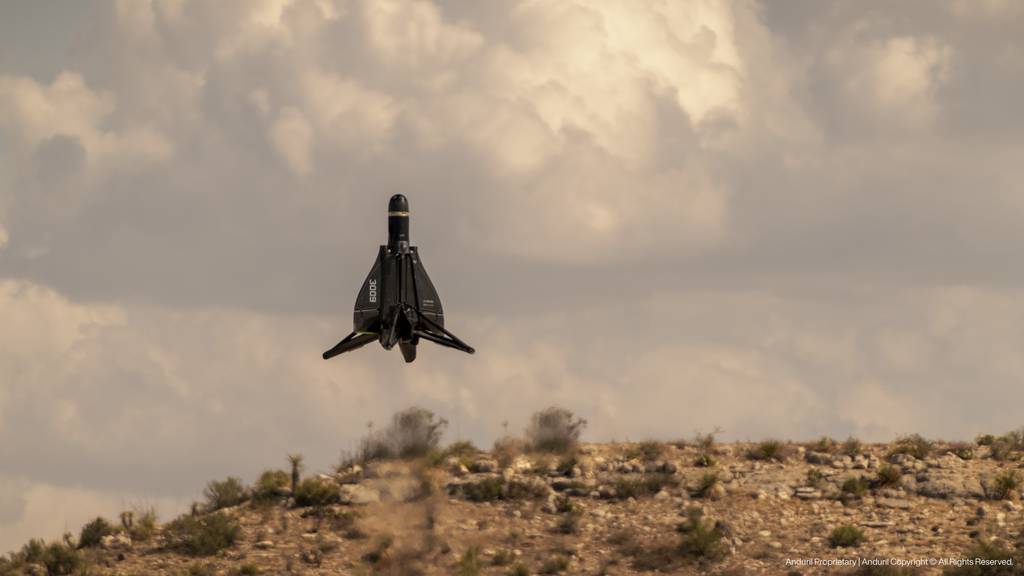US Army seeks new interceptor to counter cruise missiles
WASHINGTON — The U.S. Army is asking industry for ideas on how best to procure a second interceptor for


WASHINGTON — The U.S. Army is asking industry for ideas on how best to procure a second interceptor for its Indirect Fire Protection Capability aimed at destroying cruise missile threats, according to a Jan. 25 request for information posted to the government contracts website Sam.gov.
The IFPC Increment 2 system is designed to defend fixed and semi-fixed sites from rockets, artillery and mortars as well as cruise missiles and drones. The first interceptor to be used in the IFPC system is RTX’s AIM-9X missile.
The Army successfully completed a risk-reduction flight demonstration, launching a Raytheon-made AIM-9X Sidewinder interceptor from the IFPC launcher and sending it to target in a December event, according to IFPC-developer Leidos’ Dynetics.
“The new interceptor will use an open system architecture approach to establish lethal kinetic effects against select targets within the IFPC Inc 2 threat set, specifically Subsonic and Supersonic Cruise Missiles,” the RFI states.
The IFPC Inc 2 program office is aiming for a competitive award for a second interceptor in fiscal 2025 and plans to take a selected vendor or multiple vendors through a technology demonstration in the FY26 through FY27 timeframe, the RFI said.
“The government intends to award a development, qualification, and test effort following this demonstration,” it added.
Additionally, when considering requirements for a second interceptor, “one of the big driving factors, aside from the advanced threat perspective is magazine capacity,” Brig. Gen. Frank Lozano, program executive officer for missiles and space, told Defense News in an interview last fall.
The IFPC system can currently hold 18 AIM-9X missiles in the launcher. If the Army decided to use something like the AIM-120D, which is an air-to-air missile, that can achieve a range of more than 180 kilometers (112 miles), the magazine could only fit six, Lozano explained.
“We really don’t want to have such a small magazine on an IFPC launcher, especially with the amount of threats that we expect to see from a cruise missile perspective with any of our peer competitors,” Lozano said. “Having an adequate magazine depth against cruise missile threats and the wide array of different cruise missiles out there is very important. So we’re really looking for an AIM-120D-type capability in an AIM-9X package.”
The service is also looking for missiles that can achieve certain altitudes and ranges with a rocket motor that can decrease flight time to its target. The weapon must also deflect electronic warfare countermeasures and feature enhanced seeker performance, Lozano said.
When the Army last asked industry for information on potential candidates for a second interceptor over a year ago, RTX and Lockheed Martin submitted proposals. Companies in Israel also have solutions such as the Tamir 2 interceptor, made by Rafael Advanced Defense Systems.
The Army is hosting an industry day in Huntsville, Alabama, on Feb. 8.
Jen Judson is an award-winning journalist covering land warfare for Defense News. She has also worked for Politico and Inside Defense. She holds a Master of Science degree in journalism from Boston University and a Bachelor of Arts degree from Kenyon College.








